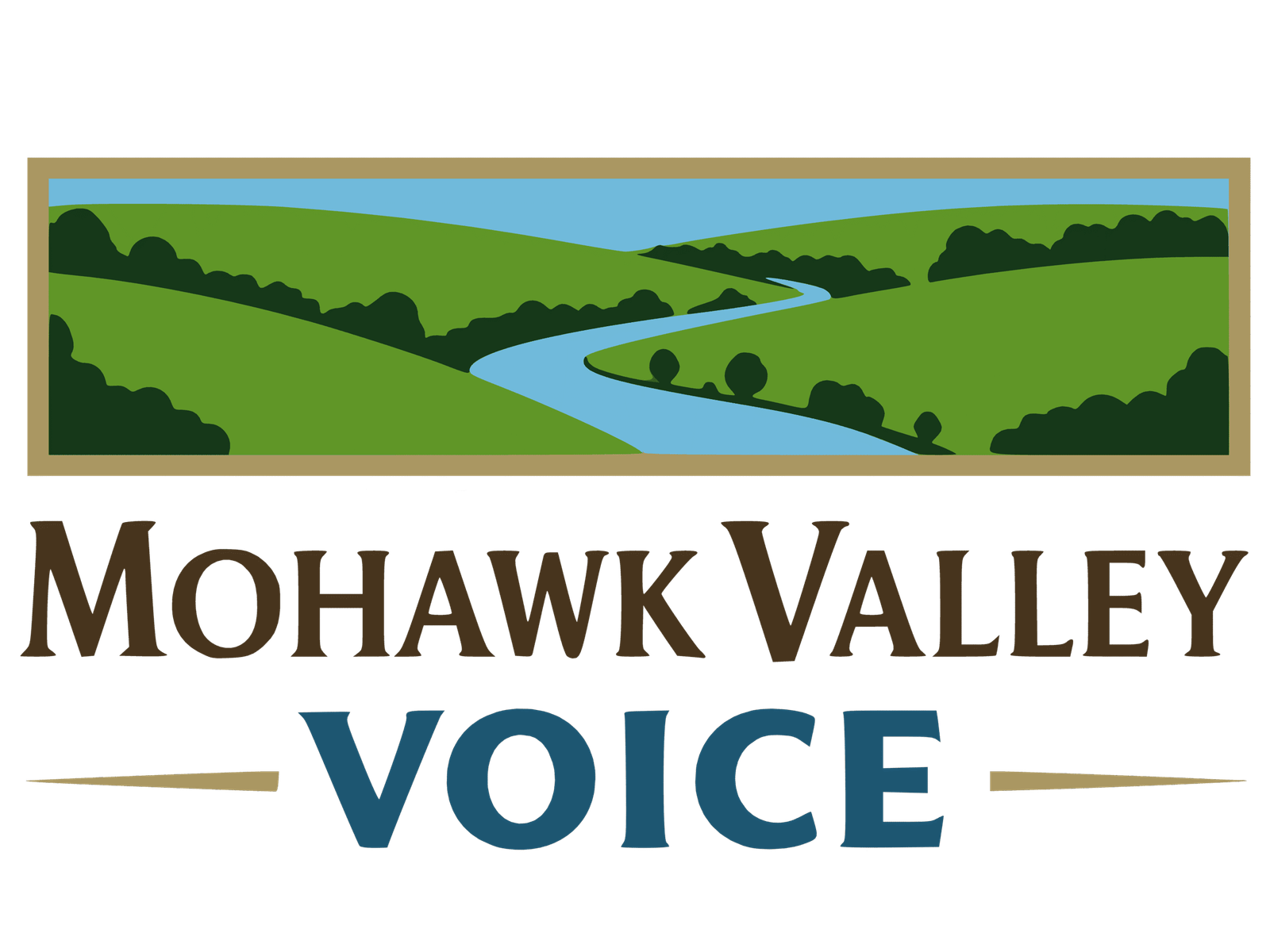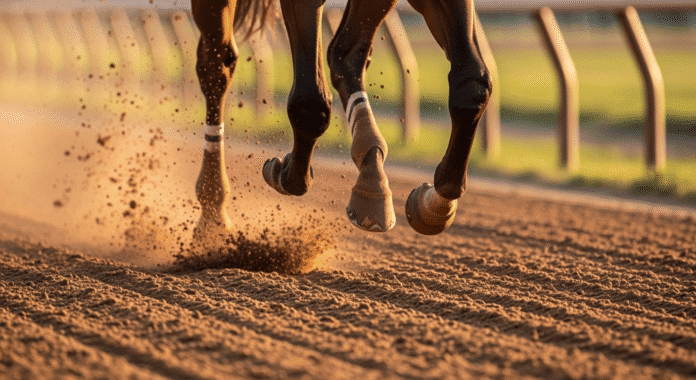A Tragic Loss at Saratoga’s Oklahoma Training Track Sparks Renewed Debate on Horse Racing Safety
A Stark Reminder of the Costs of Racing
Stop Giggling, a promising five-year-old racehorse, was injured during a training session at Saratoga’s Oklahoma training track on July 25 and was ultimately euthanized on July 31. Recorded in the New York State Equine Death and Breakdown database as a “training” fatality, this heartbreaking incident has stirred widespread concern among industry insiders, animal welfare advocates, and local communities alike. By exploring the details behind Stop Giggling’s death, the incident’s broader context, and industry as well as public responses, this article lays out the urgent need for reform and renewed commitment to equine safety in horse racing.What Happened to Stop Giggling?
The Timeline of a Tragic Incident
On July 25, 2025, during a routine training session at the Oklahoma training track in Saratoga, Stop Giggling sustained a serious injury. Despite immediate veterinary attention and an intensive effort to save the horse, continued decline in the animal’s condition led to the difficult decision to euthanize on July 31. The official records, maintained in the New York State Equine Death and Breakdown database, categorize the death as a training-related fatality—a stark reminder that horse racing safety issues extend beyond the racing day itself.
Official Reporting and Context
Although the New York Racing Association (NYRA) has not released a dedicated statement specifically on Stop Giggling, its broader remarks on equine fatalities at Saratoga hint at deep-seated safety challenges. The track has grappled with approximately 15 equine deaths per summer meet in recent years, combining deaths during races and in training sessions. These incidents raise critical questions about how track conditions, horse fatigue, and preexisting injuries converge to endanger these athletes.
The Broader Picture: Equine Deaths in Saratoga
Understanding the Statistics
Saratoga Race Course has long been a focal point for both horse racing excellence and controversy. According to data from the New York State Equine Death and Breakdown database, Saratoga has seen between 14 and 15 horse fatalities per summer meet over the past few years. Notably, fatalities occur not only during competitive races but also throughout training sessions on tracks like the Oklahoma facility.
Investigations point to several contributing factors:
- Inconsistent track surfaces and improper moisture regulation that disrupt safety.
- Fatigue and the cumulative effects of intensive training schedules.
- The difficulty in detecting underlying musculoskeletal issues before they become critical problems.
This pattern demonstrates that while some tracks like Oklahoma had previously earned praise for enhanced safety measures—thanks to improvements like better drainage and modernized track bases—the risks persist across the board.
The Role of the NYS Equine Death Database
The New York State Equine Death and Breakdown database serves as a critical tool for monitoring these fatalities. It compiles detailed records that highlight not only the immediate causes of death but also long-term trends. The data underscores that while industry stakeholders tout progress and reform, the lethal toll of these procedures reveals significant room for improvement.
Voices from the Industry: Reform and Resistance
Industry Responses and Safety Reforms
At the heart of the racing community’s response is the New York Racing Association (NYRA), which has pledged to enhance equine safety through a series of new measures. Pat McKenna, a spokesperson for NYRA, emphasized that “continuously improving equine safety is an organizational imperative at NYRA that motivates all aspects of the operation.” Measures reportedly include more comprehensive veterinary oversight, sophisticated monitoring of track conditions, and expanded pre-training examinations to catch potential issues earlier.
The New York State Gaming Commission (NYSGC) has also joined these efforts. Dr. Scott Palmer, the commission’s Equine Medical Director, has repeatedly called for stricter medication guidelines and recommended advanced diagnostic techniques such as PET scans. His comments underline that “multiple individual horse risk factors and collective risk factors contributed to increased risk for fatal musculoskeletal injuries.” Such statements echo a broader industry commitment to mitigating the inherent risks of horse racing.
Advocacy Groups and the Call for Greater Transparency
Not all voices in the debate align with the more incremental approach favored by the industry. Advocacy groups, notably Horseracing Wrongs, argue that the problems are systemic and demand far more dramatic reform. They point to the fact that just this summer alone, 11 horses have died at Saratoga, and warn that the true safety crisis is being downplayed.
An advocate with Horseracing Wrongs stated, “The recurring tragedies at Saratoga demonstrate that horse racing, as it is currently run, prioritizes profit over the welfare of these noble animals.” This sentiment has resonated with many who believe that no number of incremental changes will fundamentally address the ethical dilemmas posed by the sport.
Media and Public Debate
Media outlets have increasingly shone a spotlight on equine fatalities, sparking robust public debate. Publications like the Times Union have not only reported on the statistics but have also questioned the sufficiency of existing reforms. The public, predominantly center-left in its outlook toward animal welfare and regulatory oversight, has called for more transparent reporting and a reevaluation of the racing culture itself.
The Complex Ethics and Economics of Horse Racing
Balancing Cultural Heritage with Animal Welfare
Horse racing holds a prestigious place in American culture, particularly in areas like Saratoga where it contributes substantially to local economies. Proponents of the sport argue that racing provides jobs, stimulates tourism, and preserves a long-standing tradition. Yet critics counter that the financial and cultural benefits do not justify recurring animal deaths, especially when safer practices remain unfulfilled promises.
Advocates on both sides present valid points. Supporters maintain that, with the right reforms, racing can remain both profitable and humane. Meanwhile, opponents argue that the inherent risks and frequent tragedies, exemplified by Stop Giggling’s death, reveal a need for complete structural overhaul or even the eventual abolition of the sport.
Weighing Data and Personal Testimonies
Personal accounts from trainers, veterinarians, and stakeholders on the racetrack further illuminate the debate. Interviews reveal a shared hope for a future where advanced diagnostic tools and better training regimens reduce fatalities. Yet the stark realities captured in official databases and industry reports make it clear that much work remains.
For instance, trainers express heartfelt sorrow at the loss of horses they’ve nurtured, while veterinarians stress the toll of repetitive injuries on long-term animal health. As one respected veterinarian noted, “We are on the cusp of change, but every loss is a reminder that urgency in reform cannot be overstated.”
The Road Ahead: Potential Solutions and Future Reforms
Technological Advances and Track Improvements
Technology offers promising avenues for improving horse racing safety. Innovations such as biometric wearables, advanced track surface materials, and real-time environmental monitoring could transform training protocols and reduce the incidence of fatal injuries. Industry leaders are cautiously optimistic, yet the delay in adopting these measures fuels further criticism from animal rights activists.
Increasing Regulatory Oversight
Stronger regulatory oversight remains a pressing demand. Expanding the scope of pre-training veterinary examinations and enforcing rigorous standards for track maintenance are essential steps. With full transparency in reporting and accountability for safety metrics, trust in the racing industry could gradually be restored.
A Call for Broad-Based Reform
The debate over Stop Giggling’s death transcends a single incident, inviting a broader discourse on animal welfare in sports. While industry voices emphasize rehabilitation through technology and regulation, advocacy groups insist that the sport must confront its ethical implications head-on. As the balance between cultural tradition and animal protection continues to shift, informed public debate is vital to driving meaningful change.
A Tragic Loss Demands Urgent Action
Stop Giggling’s untimely death has cast a long shadow over Saratoga’s Oklahoma training track and the horse racing community at large. Detailed records from the New York State Equine Death and Breakdown database reveal not only the immediate circumstances of this tragedy but also underline the systemic issues plaguing the industry. As reforms are proposed and debates intensify, all stakeholders—from regulators and trainers to advocates and informed citizens—must rally for greater accountability and compassion. Let this tragic incident serve as both a wake-up call and a catalyst for profound change in the realm of horse racing. Stand with the voices calling for safer, more humane practices and help transform the future of this storied sport.




